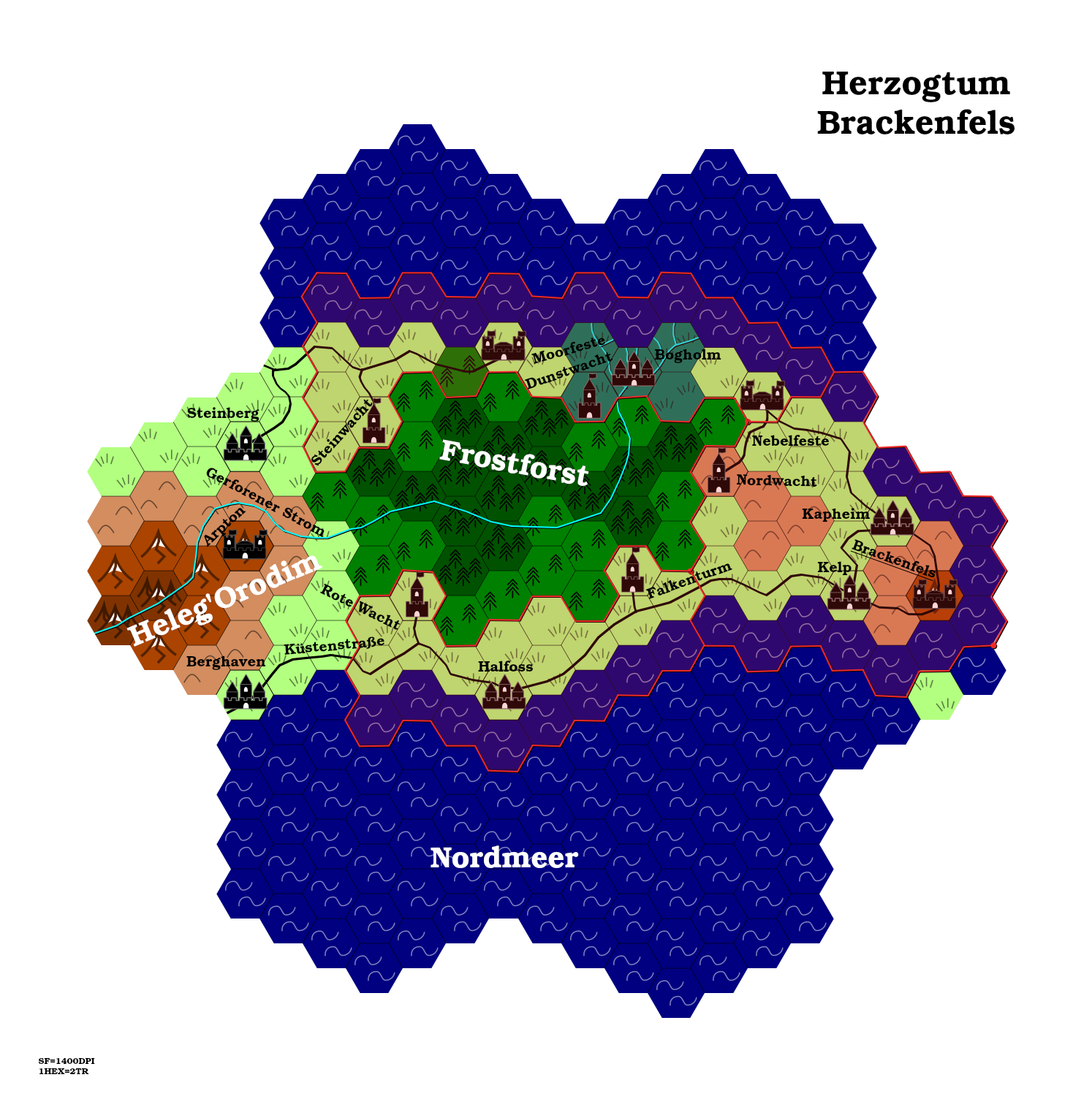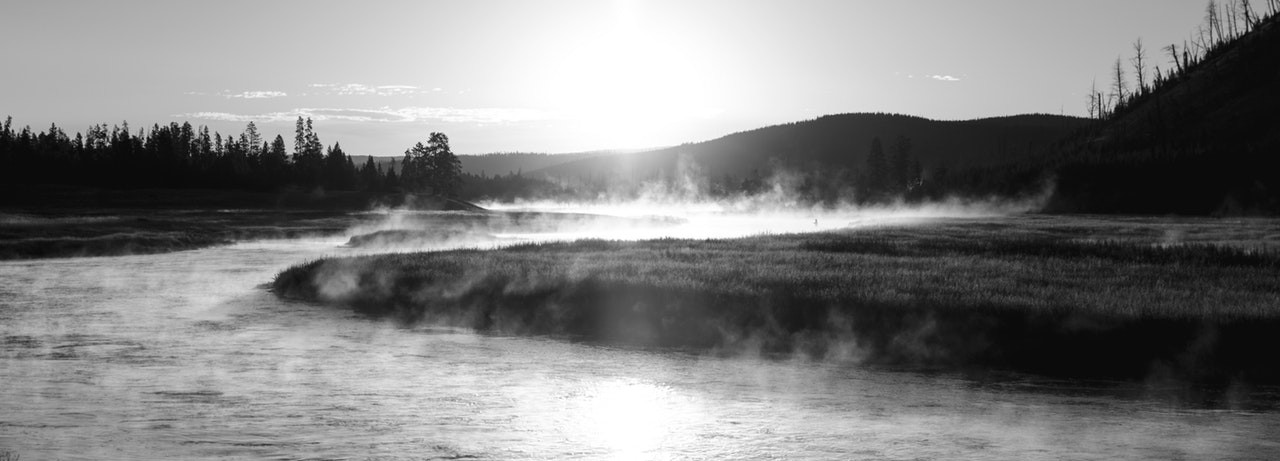The Frostmoore Fog
One would think the sea route from Brackenfels to Bogholm is comparatively safe. Just a short trip along a well-protected coast. But trust me, it is not.
You have to keep a constant balance: Head out too far on the sea, and the maelstrom pirates will get you. Keep too close to the shore and the fog will get you—and some say its the more vicious of the two. I know no one who travels this route and didn't have to shout "hard to starboard" when suddenly a lighthouse appeared in front of the ship instead of its port side. For some of them, that has been their last realization.
Manifestation
White Fog
Yellow Mist
Cause
White Fog
However, near the shore, warmer air with a higher humidity flows above it. As it is cooled down by the ground, it forms the typical white fog. The fog is thicker if the temperature difference is higher. This is typically the case in spring and autumn where the sun starts to warm up the lower regions but in the mountains, the weather is still cold as winter.
Yellow Mist
As for the White Fog, the Frostriver also plays a major role in the formation of yellow fog—or rather in its prevention. Under normal conditions its cold water keeps the lower ground levels frozen at all times. This ice seals those caves and prevents any gas from getting to the surface. But on warmer summer days the frost layer may partially melt and allow the gas to pass through the cracks and reach the surface. Together with tiny water droplets formed by the wetland, it surfaces as a yellow noxious mist.
Northern Cape of Arendir

Related Articles
Remove these ads. Join the Worldbuilders Guild






Do many people have to face the yellow mist when it happens? Did someone already died of it? P.S.: your map is cute
Thanks! The Frostmoore isn't very densely populated and the regions where the yellow mist occurs are even less. Though, there are of course a few small hamlets and people passing through the area. Those would have to face the mist itself, most others will only observe the stench. Most people in the area are aware of the danger, so they look for the signs and get to safety early. But foreigners, travellers or careless people are in danger and over the years a few of them will definitely have died. However, there were no particularly notable or well-known incidents.